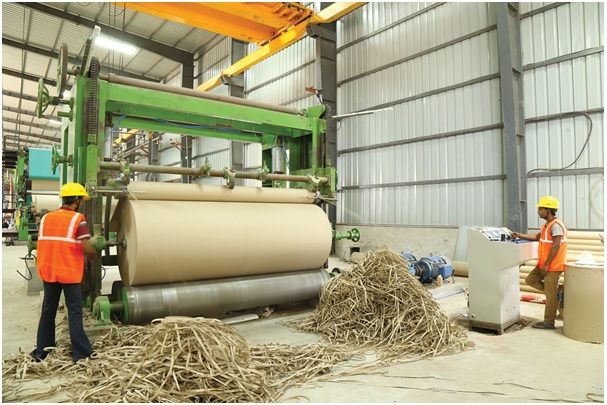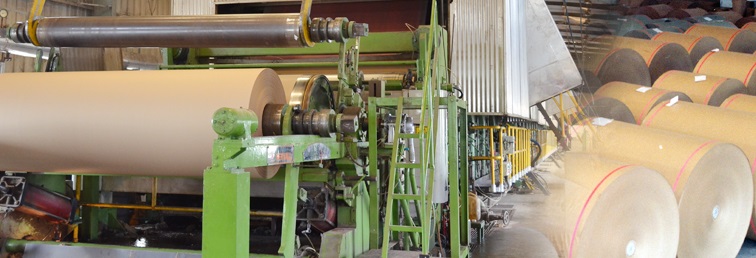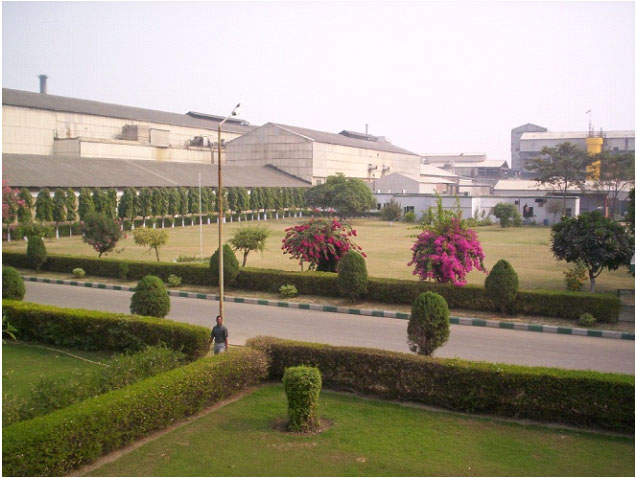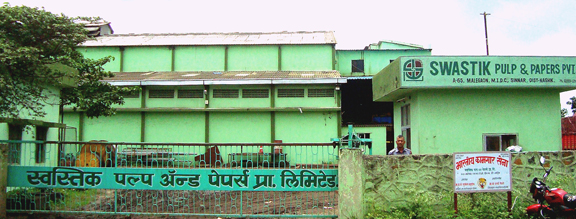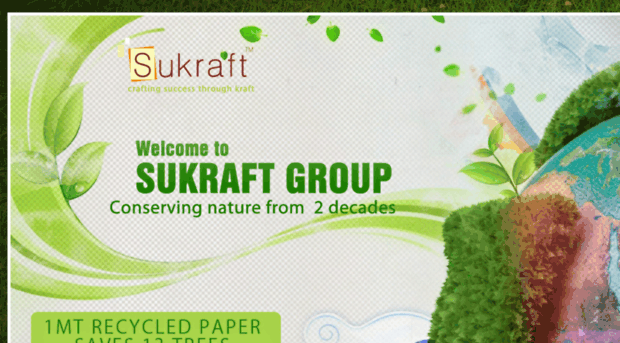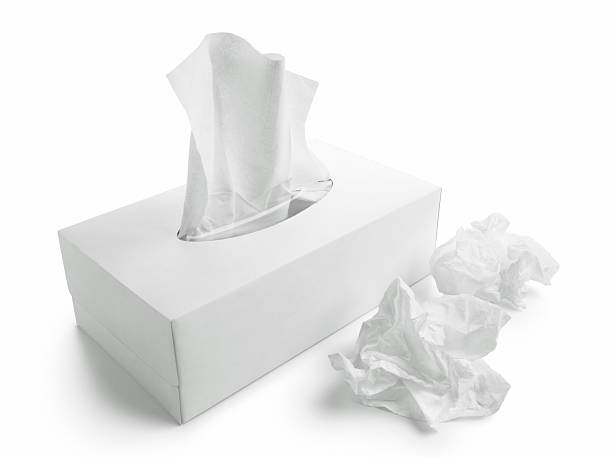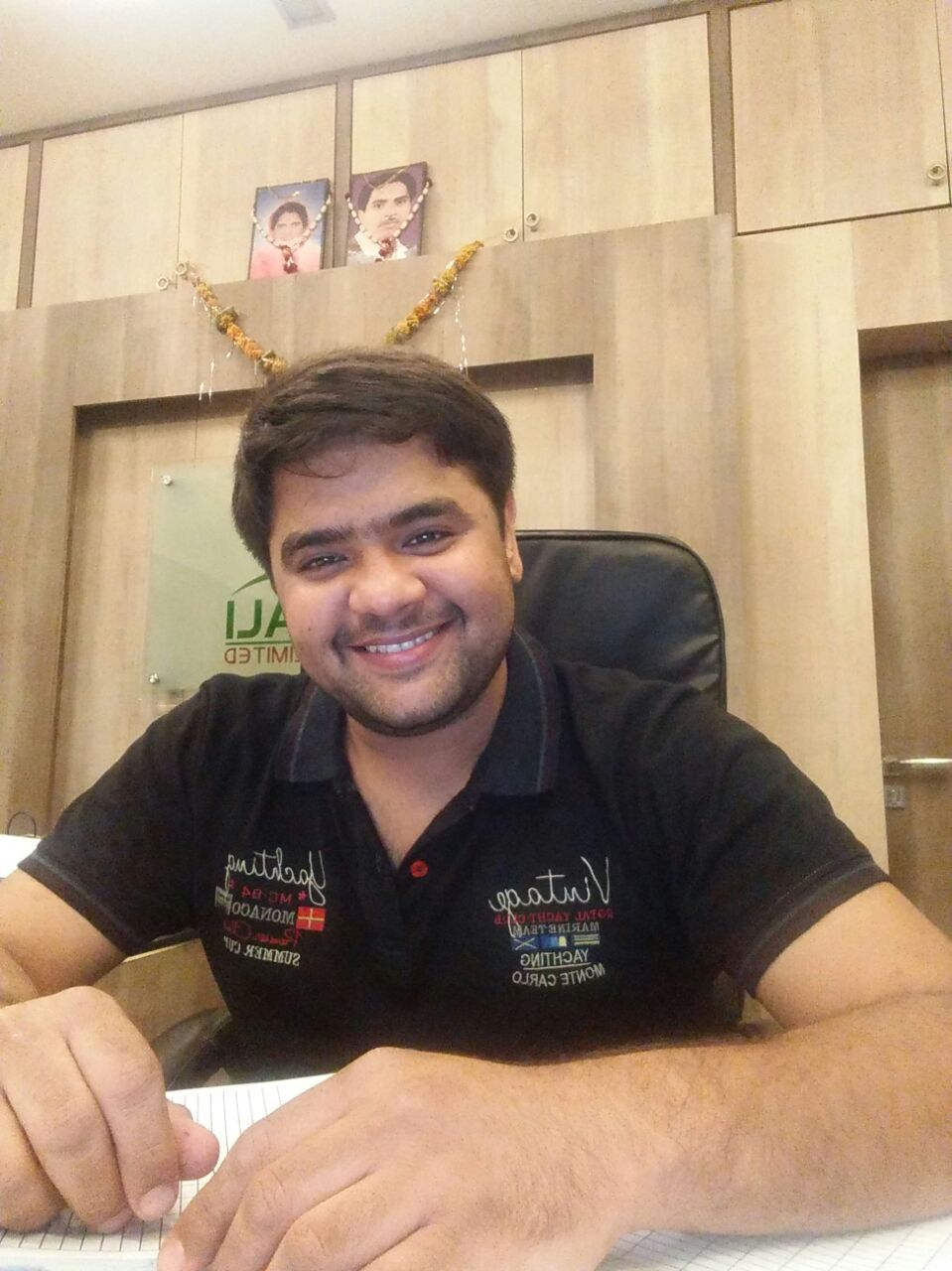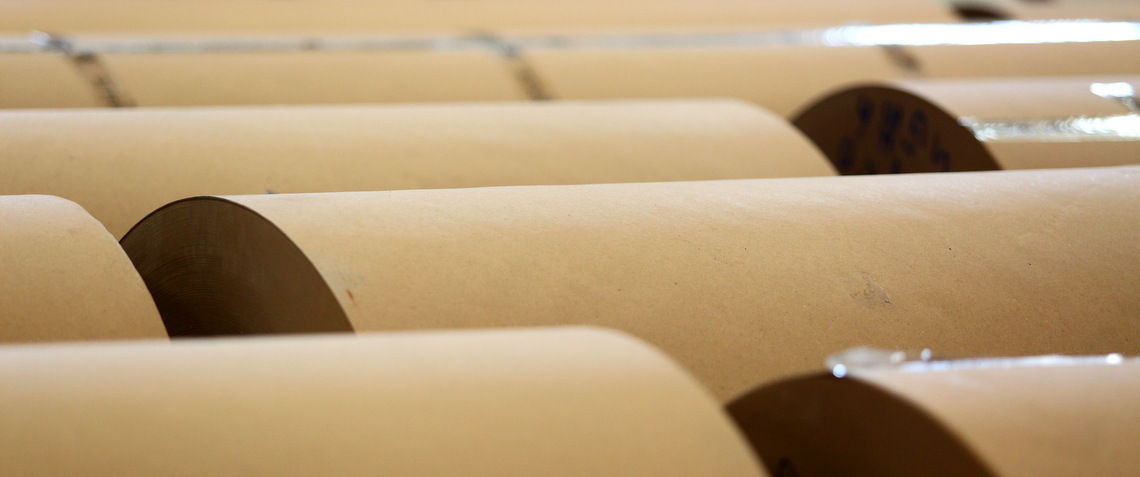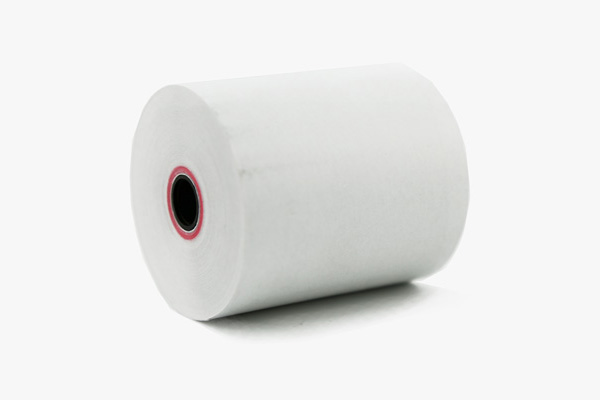India's First 3D Executed Paper Mill Project with Best Infrastructure Compared to European Mills
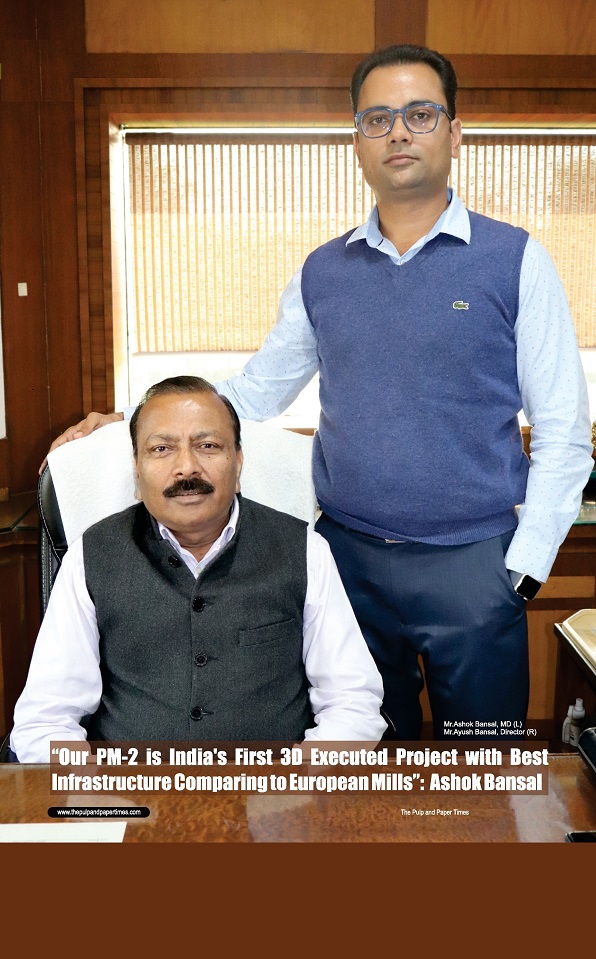

“Our PM-2 is India's First 3D Executed Project with Best Infrastructure Comparing to European Millsâ€: Ashok Bansal
Nikita Papers Limited was incorporated on December 8, 1980. The unit started its commercial production of kraft paper in 1992 with an installed capacity of 3500MT per annum. The Company initially set up as an Agro Waste Paper Mill for manufacturing of Kraft Paper and commenced its operations with a small 3500 TPA capacity.
Over the Years, the Company has undertaken several phases of expansion and the production capacity of kraft paper since then has increased from 3500 TPA to 36000 TPA. The Pulp and Paper Team got the opportunity to interact with Mr. Ashok Bansal and Ayush Bansal over their new expansion and market trends….
Q.What are the main reasons behind the dip in Kraft Paper Export recently?
The main reason behind the export deficiency, what I gauge, is 'Smell' problem. Chinese importers stopped the Kraft paper import due to smell. Paper Mills have to work upon their ZLD (Zero Liquid Discharge) process so that water shouldn't be gathered at one point; if water doesn't circulate during ZLD properly it will create a smell.
Q.What are the new trends coming in paper manufacturing?
First thing, I want to mention that corrugators, e-commerce companies, and converters are aggressively looking for low weight paper so that they can make their product packaging lighter. Earlier, low BF and high GSM paper-like fluting media was in more demand, but now the trend has changed. MNC and FMCG companies are insisting on paper manufacturers to produce low GSM paper with good strength.
Q.Do you think that High BF paper is achievable from low strength waste paper?
It is achievable because all waste paper is not low strength; waste paper from Europe is containing wood pulp which is very good in providing strength to paper.

Q.What are the new technologies you are looking for better production? Is your existing plant carrying these technologies?
We are a chemical-free paper mill. We don't use any paper chemical up to the wire end section. We apply chemicals in the coating section only. We have food grade certification. We are completely in touch with various research institutes for better product development further. We also invited a European company to design our water flow system for both the machines in order to get odour free paper.
Q. Tell us about your new expansion on PM-2.
Our new project is all about carrying INR 182 Cr. as an investment for producing high strength and low GSM paper. We will manufacture 250 to 300 TPD export quality kraft paper from 75 to 150 GSM with 40-45 BF. This project will complete in two phases in the span of five years. In the first phase, the production will start by the end of May 2020, and in the second phase, we will install a captive power plant to defer the dependability on rented electricity. Initially, we are installing a lower TPH boiler without the turbine.
We have got our new project designed in 3D format, whether it is machine section or pulping section everything is in 3D format. This is probably a first 3D executed project in India. The whole layout of the PM-2 is on paper in order to avoid any kind of fouling, like piping, electrical, flow, or vacuum. Everything has been systematically calculated.
Our total plant and machinery will be sourced from China. The deckle of the machine will be 4.9 meter (finished) and speed is designed at 600 m/min. The Project is being designed and executed by Saloni Paper Machine.
Q.Instead of an Indian supplier, you choose a Chinese company for buying Plant and Machinery; why?
India has a good paper machine manufacturer but China has been the parent in terms of the paper industry for the last 300 years. Indian suppliers have not achieved that level of machine manufacturing yet. We want to bring a good 'product' in the market which requires a trustable machine supplier.

Q.How do you evaluate the demand for your new project's paper?
The market scenario of our GSM range paper is very good. We conducted a market survey among the buyer community before importing the machine. We received a very good response from MNC, corrugators, and traders that low GSM paper has a very bright future and potential export market.
Q.What is your export target?
We are expected to export 50 to 60% production to foreign destinations.
Q.Tell us about Nikita Papers' CSR activities?
We divide our CSR activities in two-part i.e. Social and environmental, we as Nikita Papers have adopted a nearby school of the factory. We manage their sitting arrangement, food and basic amenities on a regular basis. With regard to environmental responsibility, we have got an independent team. This team manages the designed rain harvesting system. We are very happy to see when rain happens water gets re-harvested into the ground. This is a very successful rain harvesting plant balancing out our resources. We don't want any waste to become out of the mill.
Recently we created a waste handling company to converting plastic waste into renewable oil. It is a successful process and has been running for six months. We observed this technology in Europe. Based on European design, we imported the machine from China. It is certified as 100% pollution-free.

Web Title: India s First 3D Executed Paper Mill Project with Best Infrastructure Compared to European Mills





 Join WhatsApp Group
Join WhatsApp Group Join Telegram Channel
Join Telegram Channel Join YouTube Channel
Join YouTube Channel Join Job Channel (View | Submit Jobs)
Join Job Channel (View | Submit Jobs) Join Buy Sell Channel (Free to Submit)
Join Buy Sell Channel (Free to Submit) Paper News Headlines Channel (Free to read)
Paper News Headlines Channel (Free to read)